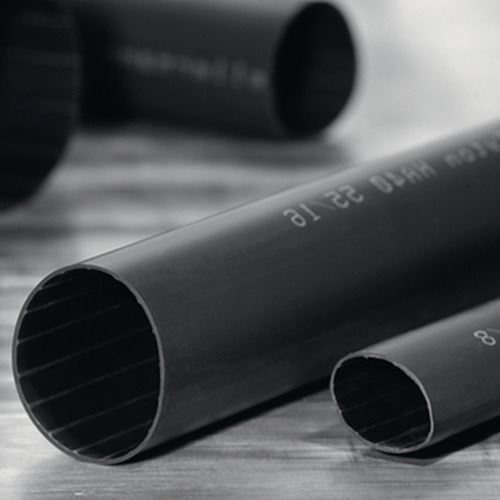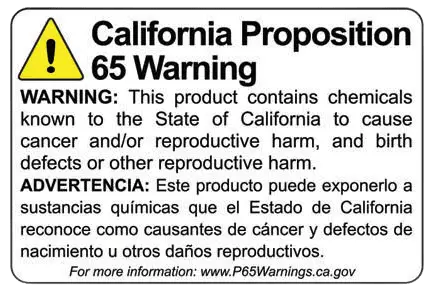 Heat shrink materials, typically made from polyolefin, PVC, or other thermoplastics, are widely used in various industrial applications due to their ability to contract when heated, forming a tight seal around objects. Here are some key industrial uses of heat shrink:
Heat shrink materials, typically made from polyolefin, PVC, or other thermoplastics, are widely used in various industrial applications due to their ability to contract when heated, forming a tight seal around objects. Here are some key industrial uses of heat shrink:
Electrical Insulation:
Wire and Cable Protection: Heat shrink tubing is extensively used to insulate wires, cables, and electrical connections. It provides protection against abrasion, chemicals, moisture, and environmental factors, ensuring electrical safety and longevity.
Splice and Termination Insulation: It is used to insulate splices and terminations in electrical systems, offering a secure and durable solution that prevents short circuits and corrosion.
Mechanical Protection:
Strain Relief: Heat shrink provides strain relief for cables and connectors, reducing the risk of mechanical damage and extending the lifespan of electrical components.
Bundling and Organizing: It is used to bundle multiple wires or cables together, keeping them organized and reducing clutter in industrial settings.
Environmental Sealing:
Waterproofing: Heat shrink tubing and molded shapes with adhesive linings are used to create waterproof seals around cables and connectors, making them ideal for use in harsh or wet environments.
Chemical and Corrosion Resistance: Heat shrink materials protect against chemicals and corrosion, making them suitable for use in chemical plants and other industrial environments where exposure to harsh substances is common.
Identification and Marking:
Color-Coding: Heat shrink tubing is available in various colors and can be used for color-coding wires and cables for easy identification, which simplifies maintenance and troubleshooting.
Labeling: Printable heat shrink tubing allows for the labeling of cables and components, providing clear and permanent identification.
Repair and Maintenance:
Cable Repair: Heat shrink can be used to repair damaged insulation on wires and cables, restoring their functionality and safety without the need for complete replacement.
Protective Coatings: They can be used to add an extra layer of protection to existing cables and components, enhancing their durability and resistance to environmental factors.
Automotive Applications:
Wire Harnesses: In the automotive industry, heat shrink is used to protect and bundle wire harnesses, ensuring they are secure and resistant to vibrations and environmental factors.
Battery Terminals: They provide insulation and protection for battery terminals and connections, reducing the risk of short circuits and corrosion.
Aerospace and Defense:
Wire Harness Protection: Similar to automotive applications, heat shrink is used to protect wire harnesses in aerospace and defense equipment, where reliability and durability are critical.
Environmental Sealing: It is used to seal and protect connectors and components in aerospace and military applications, ensuring they withstand extreme conditions.
Telecommunications:
Cable Jointing: Heat shrink is used in the telecommunications industry to protect and insulate cable joints, ensuring the integrity and performance of communication networks.
Fiber Optic Protection: It is used to protect fiber optic splices and connections, providing mechanical and environmental protection to sensitive components.
Overall, the versatility, durability, and protective qualities of heat shrink materials make them invaluable in a wide range of industrial applications.


